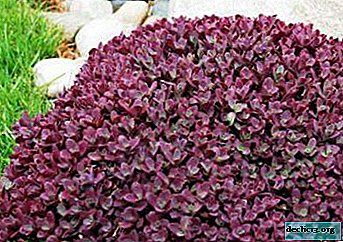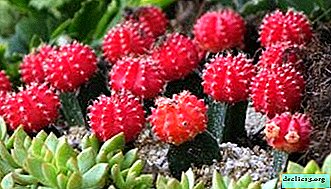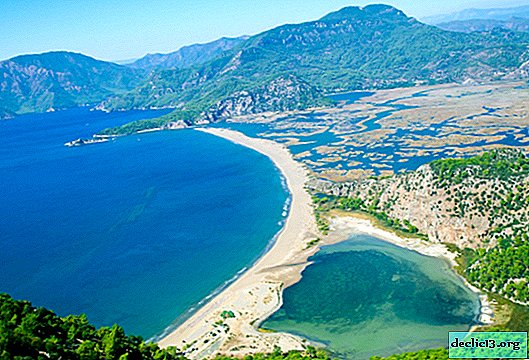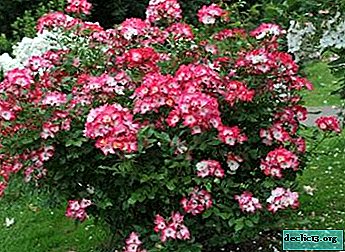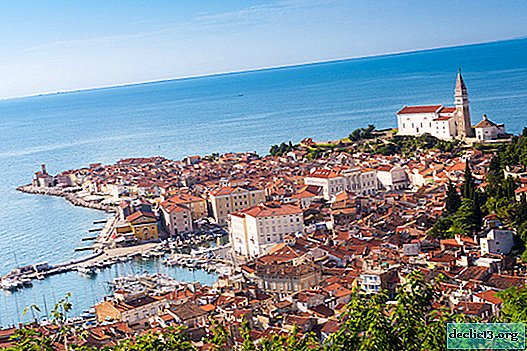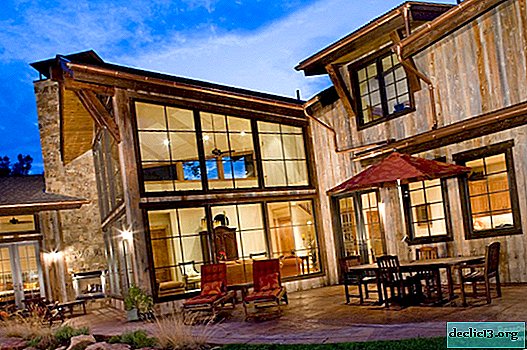Year-round care for rhododendron: preparation in the fall for winter and maintenance in the spring-summer period
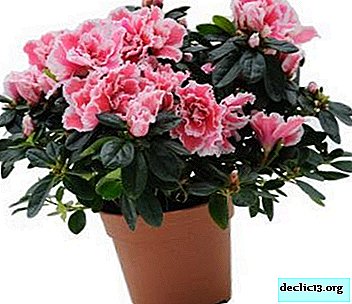
Azalea is an excellent garden plant, which is deservedly very much loved by landscape designers.
And the owners of personal plots are sometimes afraid to replenish the collection with this decorative shrub.
The reason for fear is a common myth that azalea does not survive the cold winters of the middle lane.
Let's find out what is needed so that this plant does not cause grief and becomes an adornment of your garden.
Consider the intricacies of planting rhododendron and care for this beautiful flower.
We deal with terminology
Botanists have abolished a separate genus of Azalea and combined them with the genus Rhododendron. These plants are part of the Heather family. It would seem that we do not need to know such subtleties, but this is important when buying plants and when determining the conditions for their comfortable existence.
Some gardeners call the azaleas of thermophilic representatives of this family living on the windowsills of our apartments, and when they say rhododendron, they mean a garden plant. But often confusion occurs, and therefore both names can be found on planting material.
The path to a successful winter
How is the preparation for winter? Azalea will easily survive the winter if you:
- bought the right grade;
- have chosen a suitable place;
- provided the necessary soil;
- supported the necessary watering.
Choose a variety
The market offers a large number of varieties of rhododendrons. It is important to know that they are divided into two groups: deciduous and evergreen. Care for these plants slightly differs precisely in the winter period, all other requirements for agricultural technology coincide.
 When choosing a seedling, first of all, pay attention to the characteristics of its frost resistance. The varieties on which the numbers are indicated - 25 - 28 degrees, winter well in central Russia. Do not buy a spring-planted overfertilized fertilizer greenhouse plant with dark foliage and an abundance of buds. It is likely to die. Prefer planting material from a local nursery with barely hatching leaves. Choose more bushy seedlings.
When choosing a seedling, first of all, pay attention to the characteristics of its frost resistance. The varieties on which the numbers are indicated - 25 - 28 degrees, winter well in central Russia. Do not buy a spring-planted overfertilized fertilizer greenhouse plant with dark foliage and an abundance of buds. It is likely to die. Prefer planting material from a local nursery with barely hatching leaves. Choose more bushy seedlings.
The root neck should be healthy, free of cracks and frost pits.. If possible, take the plant out of the pot and make sure the roots are healthy. In shopping centers they are often waterlogged, and this leads to the appearance of root rot. At home, for prevention, spill the ground with a fungicide solution. It is possible to plant in the garden only after return frosts have passed.
Landing place
Rhododendron grows well in partial shade. He loves the neighborhood of conifers, which provide a suitable microclimate. If there is no such place, then a corner of the garden, lit by the sun only half a day, is suitable. In azaleas planted in the open sun, the flowering period is reduced by almost half.
In a dull shadow, only an adult plant is able to bloom well.
Deciduous species of azaleas are suitable for more sunny places, and evergreens grow well in scattered shade.Do not plant this plant in those corners of your garden where snow melts the longest.
The soil
Plants from the heather family feel good only in acidic soils.. If you are not ready to provide such an azalea soil, then it is better not to plant it. The reason for this is a special way of feeding shrubs. Mycorrhizal fungi settle on the roots of rhododendrons, which provide them with the substances necessary for life. In another land, your pets will starve, weaken and die.
- Azalea lives a very long time, so prepare a landing pit taking into account its growth. The roots of the plant are superficial and the depth of the planting pit can be no more than 40 cm, and make the width three times the diameter of the crown.
- Instead of excavated soil, put a mixture consisting of equal parts of acidic (ginger) peat and overripe pine forest litter. Peat will add acid to the soil, and together with forest soil, mycelium of root mushrooms will fall into the planting pit.
- Thicken the substrate well and spill it with water until it is completely and evenly moistened.
- When planting a plant, make sure that the root neck is not buried.
- Mulch the trunk circle with a pine bark or fallen needles with a layer of up to ten centimeters. This will save moisture and acidify the soil.
You can learn more about when and how to properly plant rhododendrons in the fall here.
Watering
Azalea is very demanding on soil moisture. Waterlogging and lack of watering are equally destructive for her. Take a handful of substrate in your hand and squeeze it. If water drips, then the humidity is excessive, and if the soil crumbles, then immediately grasp the watering can. In rainy summers, moderate shrub watering is recommended. In the arid - it responds well to watering directly on the crown.
How to care for azalea growing in the garden?
Spring
 Evergreen azaleas require special attention during this period. The death of these plants is usually attributed to poor winter care and freezing. The real reason for the loss of these shrubs is that the bright April sun hits the azalea and causes the evaporation of moisture through the leaves.
Evergreen azaleas require special attention during this period. The death of these plants is usually attributed to poor winter care and freezing. The real reason for the loss of these shrubs is that the bright April sun hits the azalea and causes the evaporation of moisture through the leaves.
The earth has not yet thawed, the roots are not able to compensate for the loss of fluid and the plant dries up. It is necessary to stimulate the melting of snow around the rhododendron, to accelerate soil warming. Once the snow has come down and the temperature has reached +8 -10 degrees, you can feed the plants. Azalea begins to bloom very early.
If you select varieties with different periods of bud blooming, then these shrubs will decorate the garden from May to mid-July. To make the flowering of the next year more plentiful, carefully pluck out the seed boxes without damaging the young shoots.
Summer
The main task is to provide comfortable moisture to plants. After flowering, apply fertilizer under the rhododendrons.
Important! This must be done no later than mid-July, so that the wood ripens well by winter.Autumn period
In late autumn, we cover the evergreen species of azalea with a double layer of spandbond. The frame for shelter can serve as metal arcs, branches or trellis box.
We do not use film for shelter! The purpose of such a shelter is not protection from frost, but so that in the spring the rhododendron does not receive sunburn and does not die from the April drought. Deciduous varieties of these plants winter well without protection.
How to feed?
In the first season after planting, azaleas are not fed. In the following years, before and after flowering, according to the instructions, any fertilizers intended for heather plants are applied. It is difficult to prepare the fertilizer mixture yourself. Correcting Errors If the weather conditions are improperly maintained or the weather conditions are negative, you may encounter the following situations:
- After flowering, there is no growth of young shoots at the ends of twigs. Adjust watering and fertilize.
- When examining a plant, a bud affected by rot was found. Cut it along with a piece of wood, otherwise it may cause the entire branch to dry out.
- Evergreen rhododendron came out of winter with crumbling brown leaves. Do not cut or uproot the plant! Learn more about pruning plants here. To send new branches from the axils of the leaves:
- water the plant with the addition of any drug for the growth of new roots;
- spray bare branches with zircon;
- to feed fertilizer only after the appearance of leaves.
Be sure to plant rhododendrons in your garden. Do not be afraid of failure, because caring for them is much easier than for roses. They are not damaged by pests and do not get sick, subject to proper agricultural practices. This is a very noble and grateful plant that will decorate your garden before all plants.
Useful video
How to choose the right place for landing and care for the rhododendron, you can see in the video:

